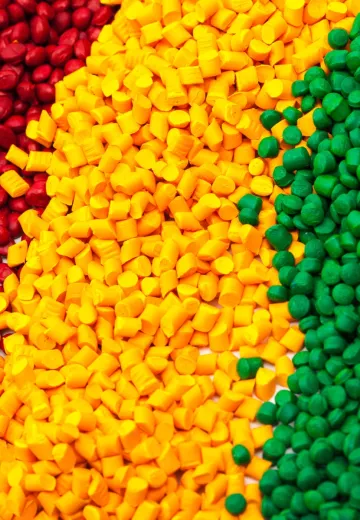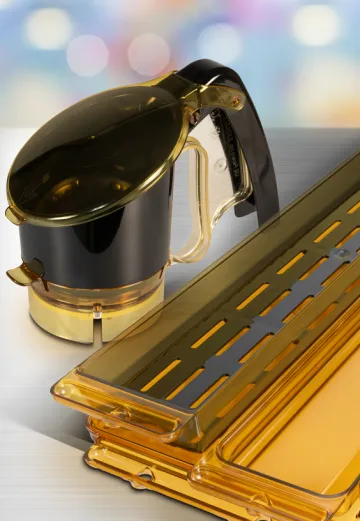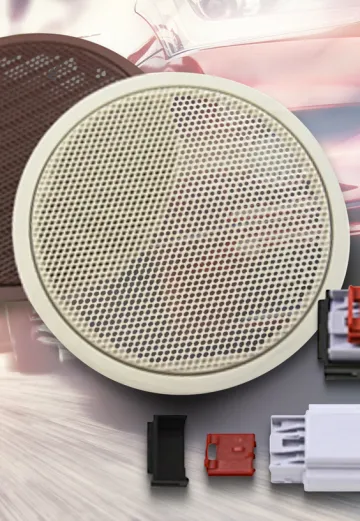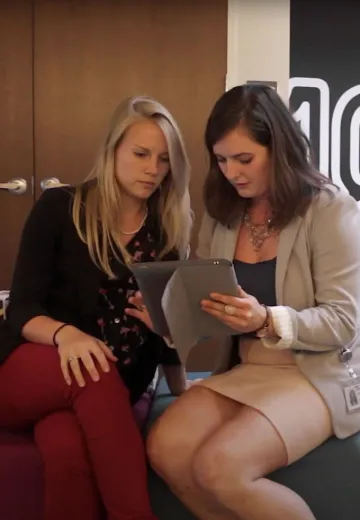Brands are making public commitments to reduce their carbon footprint and take sustainability into account of their business practices, and packaging operations seek collaboration to deliver on the promise.
Sonoco shared about delivering the sustainable packaging promise through supply chain collaboration at the Packaging Machinery Manufacturers Institute’s (PMMI) Top to Top Summit, an annual invite-only networking event of executives and industry leaders in the packaging and processing industry. The ideas presented by industry leaders and panel discussions conclude that, with realistic timelines, collaboration across the supply chain and maintaining balance through automation and strategic partnerships, we can make efficient strides toward sustainability.
Rising to Sustainability Commitments
Large consumer goods companies have started listening to consumers, considering their responsibility in environmental sustainability. Their commitments are to be applauded, many of which have been stated to improve by 2025. As a result, the operational functions that make these commitments a reality have a fast-approaching deadline to meet.
The expectation to run new packaging when it becomes developed, ready for qualification, MRP and eventually commercialization has put some operations in a crunch. With this pressure comes a great opportunity for innovation and collaboration in the manufacturing space.
Sonoco has held to a strategy of developing new packaging in pilot plant environments, which allows the development process to go far without interrupting operations of our company or our customers.
But there’s always risk. Although development might be 90% complete in the lab, there’s always a chance something was overlooked once it's moved into production.
At Sonoco, one of the things that really makes a difference is the ability to get in and talk to all buyers about their buying influencers and the operations’ buying influence. Having conversations with the people who will be making and using the product as early as possible enables package designers to design not only for the end user but also for seamless manufacturing.
Collaborating Across Suppliers
When conversation moves into collaboration between suppliers, the success of delivering on sustainability commitments is even higher. In the industry’s current state, packaging suppliers and equipment suppliers working together isn’t natural, because they’re our customer’s supplier, not our supplier. Building those bridges, creating connections and, in some cases, building an alliance allow for the best solution in the end.
At Sonoco, we believe gathering consumer input as early as possible is integral. When manufacturers are too close to the product, the intuition of the consumer can be forgotten. They’re receiving a brand new, sustainable and well-made product, but is it clear how they should open it? How should they store it? It’s the little things that make packaging innovations successful in the long term, and that starts with talking to the consumer.
Preparing for Packaging Changes
How does this translate to the supplier? The trend of replacing plastic with paper products can improve the environmental footprint and recyclability of packaging. That’s wonderful news for sustainability. But since the consumer can't see through it, it’s not always the best solution. Another drawback is working with equipment that’s designed for plastic.
Equipment that’s designed to produce thin plastic can’t run stiff paper without some type of modification. Most packaging operations have been optimized for the products of yesterday, not for tomorrow. But the commitments made to reduce environmental harm by 2025 are right around the corner. How can the industry prepare?
One of the gaps we see at Sonoco is a lack of understanding in what makes a package recyclable or not recyclable even within the industry. Operations need to be brought into the conversation of their brand’s packaging strategies.
The better understanding of strategy across suppliers allows greater opportunity for collaboration and the best product for the consumer in the end, while effectively reaching sustainability commitments.
Modifications and Automations Instead of Replacements
Backing the right products even with the right partners requires the right technologies. Sonoco’s perspective on equipment modifications focuses more on changing parts, instead of fully replacing equipment. While there’s going to be a cost variance, spending thousands instead of millions is preferable in any market.
PMMI’s Top to Top Summit also addressed the influence of automation in light of labor shortages. Automating manual tasks increases productivity and decreases the need for the human labor force, but it also creates the need for smarter packaging if you don’t have human intervention to run it.
Automation also influences the cost to consumers for sustainable packaging. Consumers say they are willing to pay more for recyclable products; however, when presented with options that are more expensive, they don’t always purchase them. That’s not necessarily on them, but another aspect to consider in balancing overall costs.
Balancing Needs for the Best Solution
More important than making choices is finding that one solution that meets the needs of cost, environment and performance matters. There are a lot of solutions, but only one is best.
Catching up from supply chain interruptions and shutdowns of the last few years, while aligning to sustainability commitments, will take balance and collaboration. With change comes disruption to the current manufacturing environment that operations function within.
Engaging suppliers from start to finish and creating opportunities for collaboration gives the packaging industry the best advantage to meet the needs of today and achieve sustainable promises for tomorrow.




